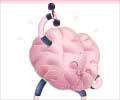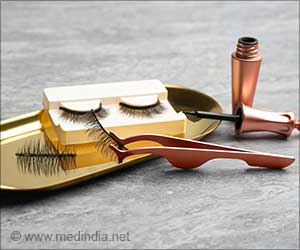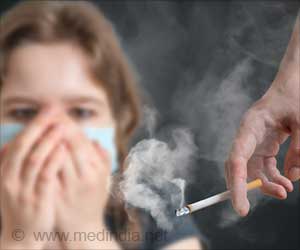'This year's World Osteoporosis Day theme is the role of exercise, the first of a three-year 'lifestyle' campaign,' noted IOF Chief Executive Officer Daniel Navid.
'Move it or Lose it' starts three-year lifestyle campaign to fight osteoporosis Exercise can help reduce the risk of osteoporosis and related fractures, a new report explains.
'One of the best ways to build and maintain healthy bones is through exercise,' noted Professor Helmut Minne, IOF Board member and author of Move it or Lose it: How exercise helps to build and maintain strong bones, prevent falls and fractures and speed rehabilitation.The report was issued at a press event in Berlin, Germany by International Osteoporosis Foundation-IOF to mark World Osteoporosis Day – WOD 2005.
'This year's World Osteoporosis Day theme is the role of exercise, the first of a three-year 'lifestyle' campaign,' noted IOF Chief Executive Officer Daniel Navid. 'We hope that our positive message will encourage women and men to realize that they can take responsibility for their bone health and not be victims of osteoporosis later in life'
Osteoporosis, in which the bones become fragile and break easily, is one of the world's most devastating and common chronic diseases. It strikes one in three women over 50 worldwide (more than breast cancer) and one in five men (more than prostate cancer).
Because bone is living tissue, which renews itself continuously, it requires regular stimulation from physical activity. Like muscles, bones should be used regularly or they will deteriorate.
In girls, the bone tissue accumulated during the ages of 11-13 approximately equals the amount lost during the 30 years following menopause.
One study in Finland shows that the most physically active young girls gain about 40% more bone mass than the least active girls of the same age. Similar, but less dramatic, results were recorded for boys in a United States survey.
Exercising your back during middle-age can help prevent your vertebrae from weakening or fracturing when you get older.
Exercise also helps balance and prevents falls – this is important bcause every year, some two out of five people over 65 will fall at least once. Falls are a leading cause of fracture.
Women who sit for more than nine hours a day are more likely to have a hip fracture.
Following fracture, exercise can help to prevent further fractures, relieve pain and help maintain quality of life.
Weight bearing and high impact exercise (dancing, walking, jogging, sports, strength training) is required to stimulate bone formation.
Advertisement











